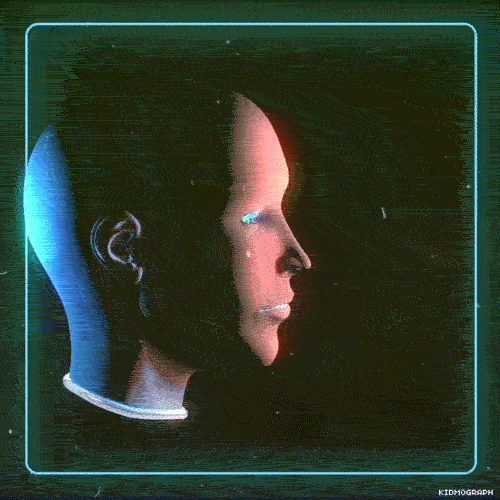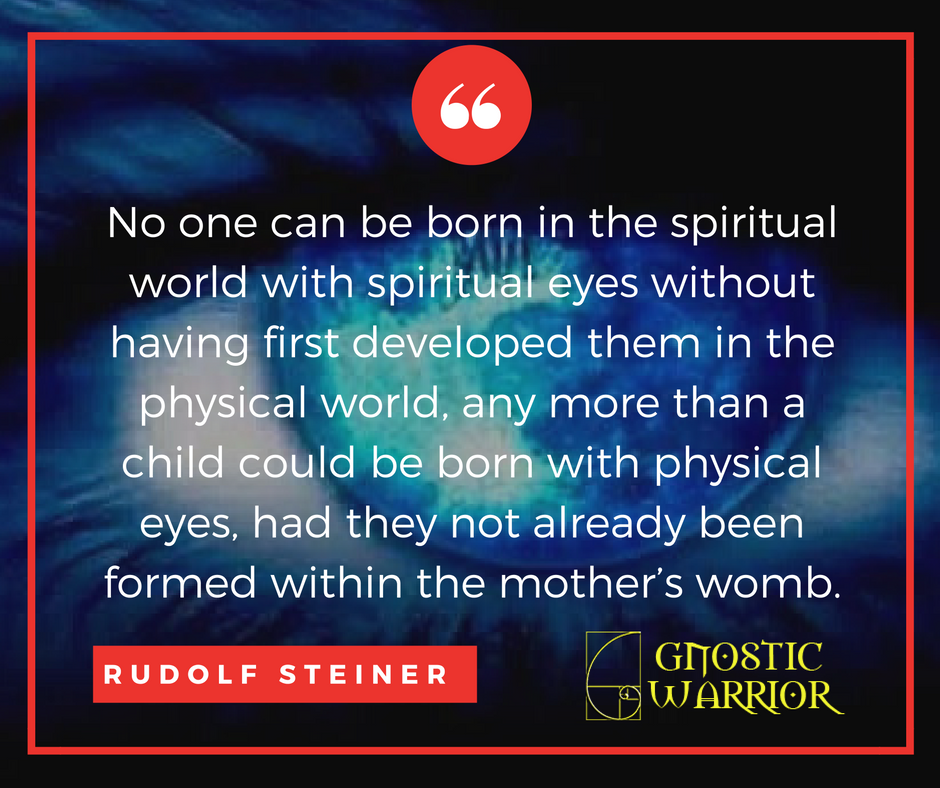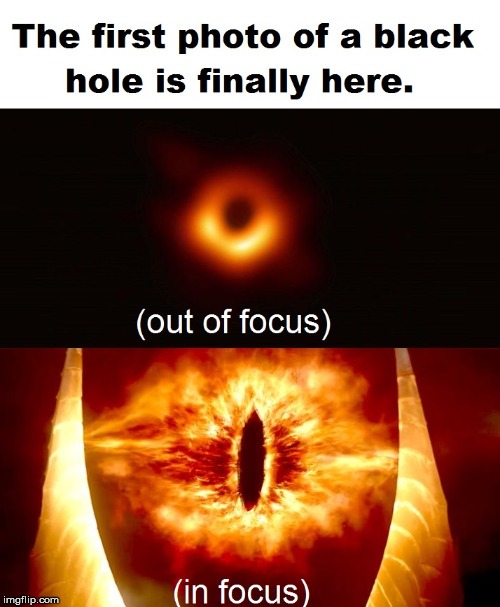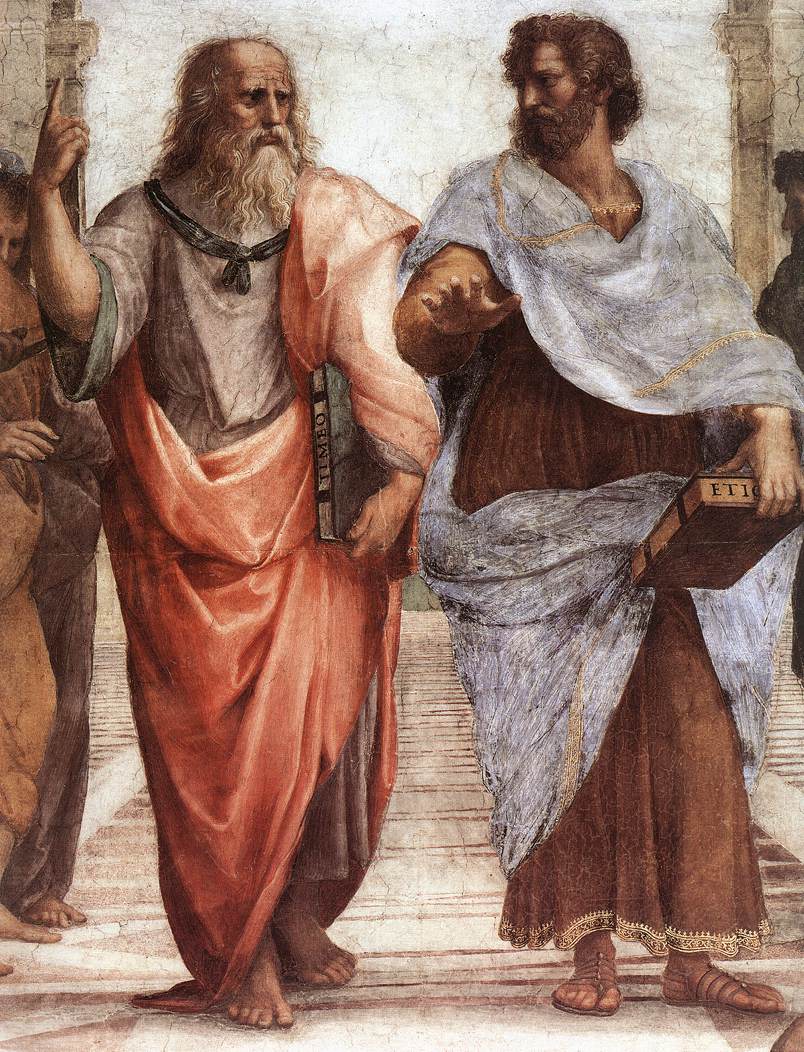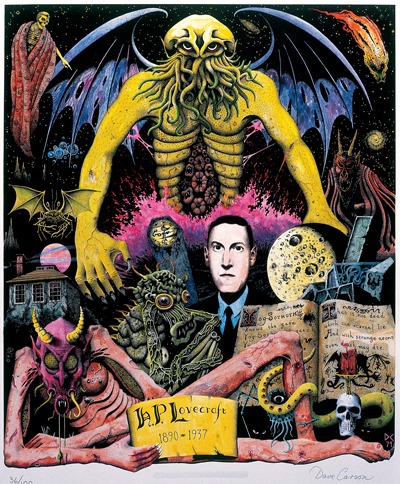In another instance, of which the writer was a witness, a pregnant lady, within two or three weeks of her accouchement, saw a bowl of raspberries, and was seized with an irresistible longing for some, but denied. She excitedly clasped her right hand to her neck in a somewhat theatrical manner, and exclaimed that she must have them. The child born under our eyes, three weeks later, had a perfectly-defined raspberry on the right side of his neck; to this day, when that fruit ripens, his birth-mark becomes of a deep crimson, while, during the winter, it is quite pale.
Such cases as these, which are familiar to many mothers of families, either in their personal experience or that of friends, carry conviction, despite the theories of all the teratologists of Europe and America. Because, forsooth, animals and plants are observed to produce malformations of their species as well as human beings, Magendie and his school infer that the human malformations of an identical character are
Page 392
not at all due to maternal imagination, since the former are not. If physical causes produce physical effects in the subordinate kingdoms, the inference is that the same rule must hold with ourselves.
But an entirely original theory was broached by Professor Armor, of the Long Island Medical College, in the course of a discussion recently held in the Detroit Academy of Medicine. In opposition to the orthodox views which Dr. Fisher represents, Professor Armor says that malformations result from either one of two causes — 1, a deficiency or abnormal condition in the generative matter from which the foetus is developed, or 2, morbid influences acting on the foetus in utero. He maintains that the generative matter represents in its composition every tissue, structure, and form, and that there may be such a transmission of acquired structural peculiarities as would make the generative matter incapable of producing a healthy and equally-developed offspring. On the other hand, the generative matter may be perfect in itself, but being subjected to morbid influences during the process of gestation, the offspring will, of necessity, be monstrous.
To be consistent, this theory must account for diploteratological cases (double-headed or double-membered monsters), which seems difficult. We might, perhaps, admit that in defective generative matter, the head of the embryo might not be represented, or any other part of the body be deficient; but, it hardly seems as if there could be two, three, or more representatives of a single member. Again, if the generative matter have hereditary taint, it seems as if all the resulting progeny should be equally monstrous; whereas the fact is that in many cases the mother has given birth to a number of healthy children before the monster made its appearance, all being the progeny of one father. Numerous cases of this kind are quoted by Dr. Fisher; among others he cites the case of Catherine Corcoran, a “very healthy woman, thirty years of age and who, previously to giving birth to this monster had born five well-formed children, no two of which were twins . . . it had a head at either extremity, two chests, with arms complete, two abdominal and two pelvic cavities united end to end, with four legs placed two at either side, where the union between the two occurred.” Certain parts of the body, however, were not duplicated, and therefore this cannot be claimed as a case of the growing together of twins.
Another instance is that of Maria Teresa Parodi. This woman, who had previously given birth to eight well-formed children, was delivered of a female infant the upper part of which only was double. Instances in
Page 393
which before and after the production of a monster the children were perfectly healthy are numerous, and if, on the other hand, the fact that monstrosities are as common with animals as they are with mankind is a generally-accepted argument against the popular theory that these malformations are due to the imagination of the mother; and that other fact — that there is no difference between the ovarian cell of a mammifer and man, be admitted, what becomes of Professor Armor’s theory? In such a case an instance of an animal-malformation is as good as that of a human monster; and this is what we read in Dr. Samuel L. Mitchell’s paper On two-headed Serpents: “A female snake was killed, together with her whole brood of young ones, amounting to 120, of these three were monsters. One with two distinct heads; one with a double head and only three eyes; and one with a double skull, furnished with three eyes, and a single lower jaw; this last had two bodies.” Surely the generative matter which produced these three monsters was identical with that which produced the other 117? Thus the Armor theory is as imperfect as all the rest.

Moe is the founder of GnosticWarrior.com. He is a father, husband, author, martial arts black belt, and an expert in Gnosticism, the occult, and esotericism.


